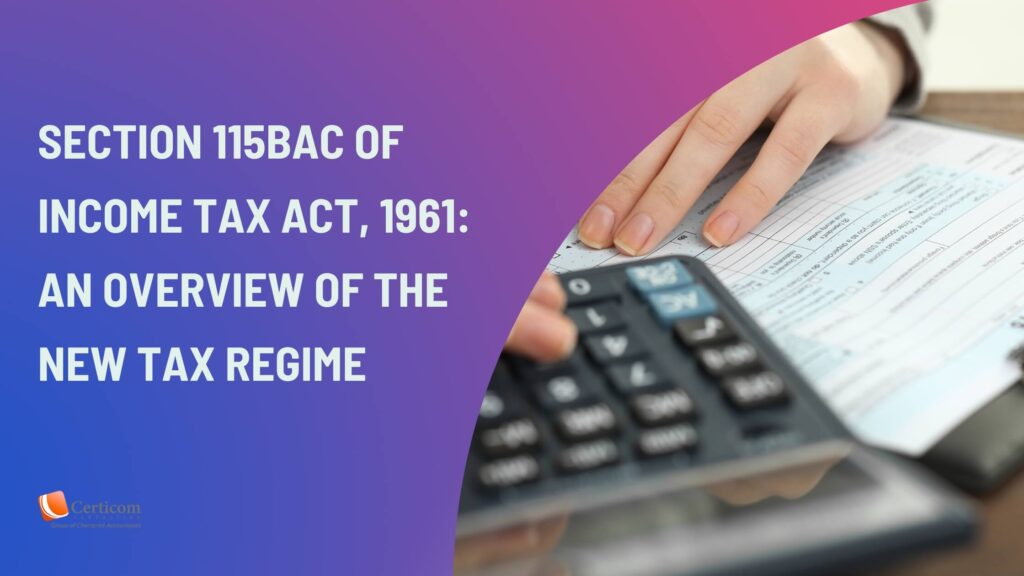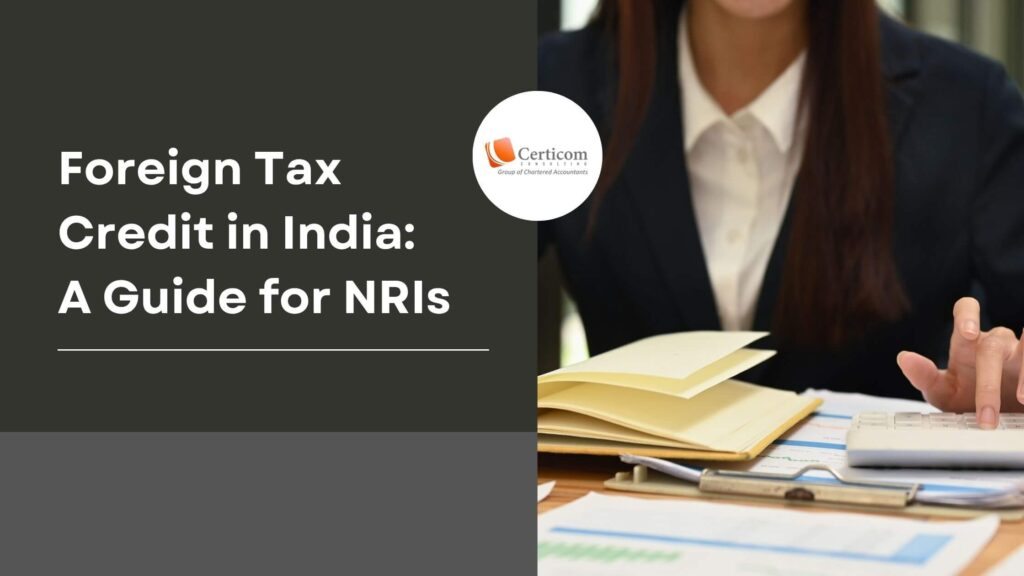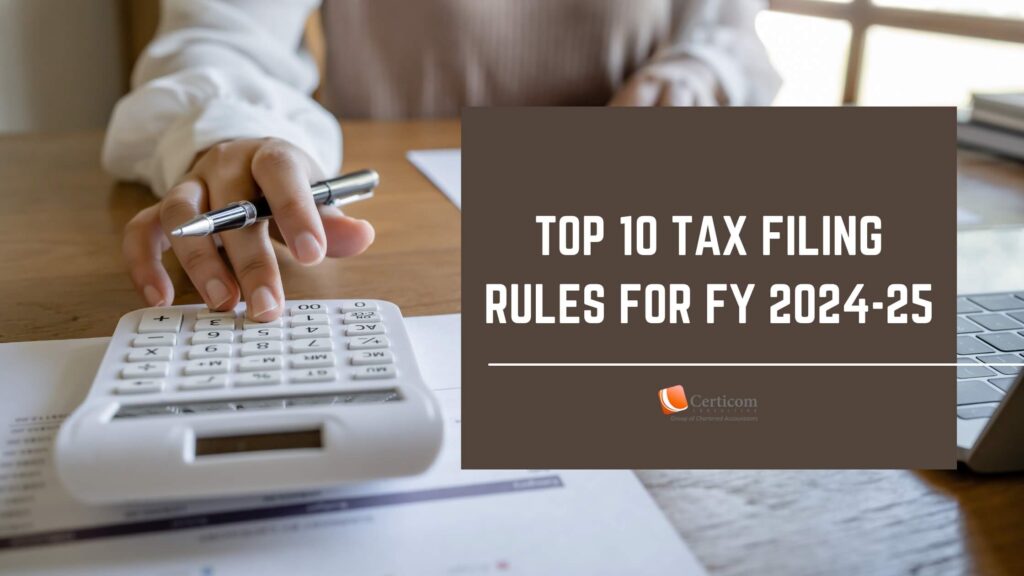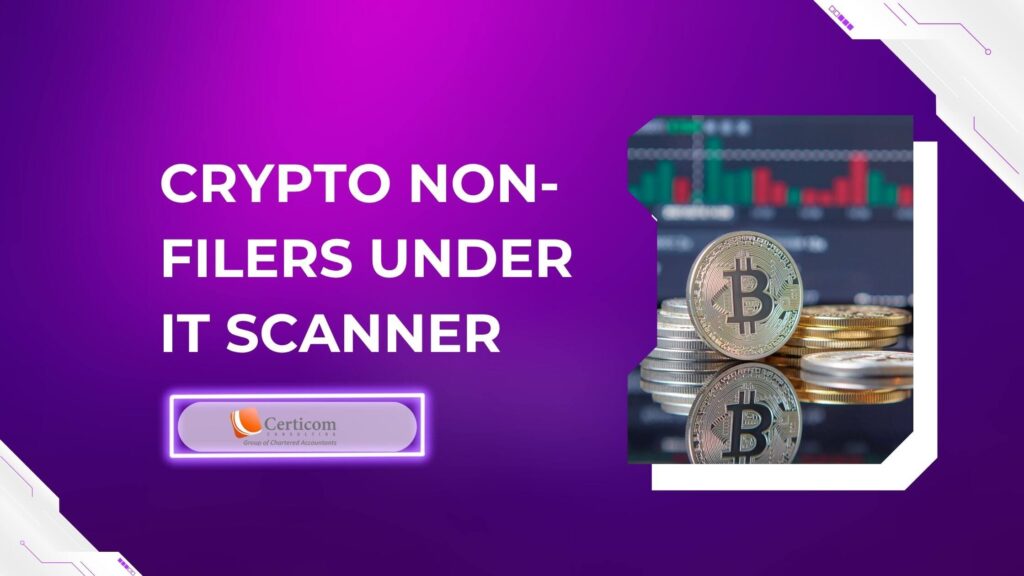Section 115BAC of Income Tax Act, 1961 : An Overview of the New Tax Regime

Through the Union Budget 2020–21, the Indian government implemented a new tax system under Section 115BAC of the Income Tax Act, 1961. In comparison to the previous tax system, the new one has lower tax rates but fewer deductions and exemptions. Making the income tax system easier to understand and more user-friendly for taxpayers is the goal.
Applicability of the New Tax Regime for FY 2023-24
The alternative tax regime, sometimes referred to as the new tax regime, is applicable to:
- Individuals
- HUF
- Association of Persons (AOP)
- Body of Individuals (BOI)
- Artificial Juridical person
The new tax regime is a default tax regime for the Assessment Year 2024–2025. The assessee must exercise his choice under section 115BAC (6) in order to opt out of the new tax regime.

Income Tax Rates for FY 2023-24 (AY 2024-25) in the New Tax Regime:
In the new income tax regime, if a resident individual who is opting for the new tax regime under Section 115BAC(1A) has total income up to Rs. 7,00,000, they may be eligible for a maximum refund of Rs. 25,000 under section 87A starting in FY 2023–2024 (AY 2024–2025). Furthermore, the resident individual opting for section 115BAC(1A) may be eligible for a rebate with marginal relief to the extent of the difference between the tax payable on such total income and the amount of income by which it exceeds Rs. 7,00,000 if his total income exceeds Rs. 7,00,000 and the tax payable on such income exceeds the difference between the total income and Rs. 7,00,000.
The AMT rules will not apply to an assessee who has chosen to use the new tax regime.
1.Exemptions/Deductions Not Available Under the New Tax Regime:
Under the new tax regime, taxpayers will only be able to choose to pay tax at reduced rates if their total income is calculated without taking into account the following deductions or exemptions:
1. Salary Income – Exemptions / Deductions Not Available
a) Leave Travel concession [Section 10(5)]
b) House Rent Allowance [Section 10(13A)]
c) Official and personal allowances (other than those as may be prescribed) [Section10(14)]
d) Allowances to MPs/MLAs [Section 10(17)]
e) Entertainment Allowance [Section 16((ii)]
f) Professional Tax [Section 16(iii)]
Note: Beginning in the Financial Year 2023–24 (Assessment Year 2024–25), salaried taxpayers are qualified for the standard deduction [Section 16(ia)] of Rs. 50,000 under the new tax regime.
2. Home Loan – Deductions / Exemptions Not Available
The taxpayer is not permitted to deduct interest on home loans under section 24b for either self-occupied or unoccupied property under the new tax regime.
Under the new tax structure, the loss on housing property cannot be deducted from other sources of income.
3. Business and Profession Income – Deductions / Exemptions Not Available
The following are the exemptions and deductions that taxpayers filing income-based returns under Section 115BAC (Profits and Gains from Business and Profession) are not eligible for under the New Tax Regime:
i. Additional depreciation under Section 32(1)(iia) for new machinery and plant;
ii. Section 32AD deduction for new plant and machinery investments in designated backward areas;
iii. Section 33AB deduction for businesses engaged in the tea, coffee, or rubber industries; iv. Section 33ABA deduction for businesses engaged in the prospecting, extraction, or production of natural gas or petroleum in India;
v. Deduction for contributions made to universities, colleges, authorised scientific research associations, or other institutions for the purpose of conducting research in science that may or may not be connected to business [Section 35(1)(ii)];
vi. Section 35(1)(iia) deduction for payment paid to an Indian corporation for doing scientific research that may or may not be relevant to business;
vii. Deduction for contributions given to colleges, universities, or other organizations for statistics or social scientific research projects [Section 35(1)(iii)];
viii. Section 35(2AA) deduction for gifts to or expenses for scientific research;
viii. Section 35AD deduction for capital expenses paid for certain designated firms, such as cold chain facilities and warehousing facilities;
x. Deduction for project costs related to agricultural extension [Section 35CCC];
xi. Section 10AA deduction for units created in Special Economic Zones (SEZ)
4. Other Income – Deductions
The provisions of section 115BAC require that the taxpayer’s entire income be calculated without any deductions.
- Allowances for income of minor [Section 10(32)]
Note: Family Pension Deduction [Section 57(iia)] is permitted beginning in the Financial Year 2023–2024 (Assessment Year 2024–25).

5. Chapter VI A Deductions
The Income Tax Act’s Chapter VIA lists certain deductions that are accessible to taxpayers. But only the following Chapter VIA deductions are permitted under the new tax law:
Section 80CCD (2): Deduction for employer’s contribution to the National Pension System (NPS) account of employee.
Section 80JJAA: Deduction for investment in start-ups.
Section 80 CCH – All contributions to Agniveer Corpus Fund from Financial Year 2023-24 (Assessment Year 2024-25)
Deduction under section 80LA for Unit located in IFSC [Part C of Chapter VI-A].
All other deductions under Chapter VIA, are not allowed under the new tax regime.
Choice of Regime
Beginning with the fiscal year 2023–2024, the taxpayers will be subject to the new tax regime by default. Taxpayers may choose to stick with the previous tax system by filing Form 10IEA, though. It is necessary to file Form 10IEA prior to filing an ITR.
Salaried taxpayers (those without company income) have the option to choose the previous tax system directly in their ITR, which must be filed by the deadline specified in §139(1) in order to provide the income return for that assessment year.
i.e., opting out of old tax regime shall also be done by way of furnishing Form No. 10-IEA.
Tax Calculators
Several online tax calculators and tools are available to help taxpayers determine which regime is more beneficial for them based on their income and deductions.
Related Post
Top 10 Tax Filing Rules for FY 2024-25
Crypto Non-Filers Under IT Scanner
Book A One To One Consultation Now For FREE
How can we help? *




